Aircraft comparison
Comparison Between Embraer Kc-390 and Airbus A400M
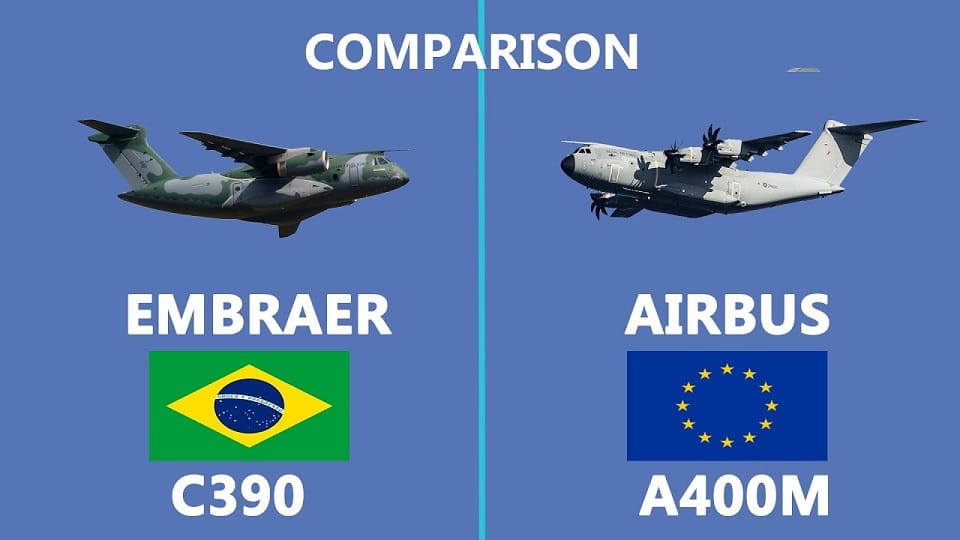
In the following article, we will examine The Embraer KC 390 and the Airbus A400m are the two military aircraft models. Both serve the Military Transportation needs as well as a number of other uses for which the clients employ them. Let’s examine how the two aircraft differ from one another within its class.
Embraer KC-390
The Embraer KC-390 is a twin-engine, medium-size military transport aircraft developed and manufactured by Brazilian aerospace company Embraer. It is designed to perform a variety of missions, including cargo and troop transport, aerial refueling, search and rescue, and medical evacuation.
The aircraft Kc-390 can carry up to 26 tons of cargo, or up to 80 troops, and has a maximum range of 3,400 nautical miles (6,300 kilometers). The KC-390 made its first flight in 2015, and the Brazilian Air Force has ordered 28 aircraft.
The aircraft has been offered for export and has been ordered by Argentina, Portugal, the Czech Republic, and Columbia. How much does the KC 390 cost? By 2013, the KC-390 program had cost US$2.25 billion to develop, and the unit cost is expected to be US$50 million when production begins. This aircraft was first publicly revealed in 2014.
The cargo area of the KC-390 was 35.2 m (115 ft ) in length,11.84 m (38 ft ) in height ahead of the wing. A unique feature was a retractable pressure bulkhead that sealed the cargo cabin and retracted garage door-style into the roof. The KC-90 could transport 74 litters with attendants, 66 paratroopers, or up to 88 fully equipped troops.
Airbus A400M
The Airbus A400M Atlas is a military transport aircraft developed and manufactured by Airbus Defence and Space. It is designed to perform a variety of missions, including strategic and tactical airlift, aerial refueling, and medical evacuation. The A400M can fly to a maximum of 4,100 NM, although this reduces to 2,000 NM with its maximum 37 tonnes of payload. It is equipped with four turboprop engines and advanced avionics, including fly-by-wire technology. The A400M made its first flight in 2009, and it has been ordered by several countries, including Belgium, France, Germany, Spain, Turkey and the United Kingdom.
The aircraft has been delivered to multiple countries and used in various operations and exercises. Can the A400M carry a tank? With a basic fuel capacity of 63,500 liters (50,800 kg), which can be even further increased with additional cargo hold tanks, the A400M is the most capable tactical tanker on the market.
In addition to the ramp, the cargo bay measured 17.71 meters (58 feet) long, 4 meters (13 feet) broad, and 3.85 meters height (12 feet). The cargo bay could be equipped for carrying cargo, moving vehicles, moving troops, or evacuating patients. It could fit up to 20 one-tonne containers or pallets, nine regular pallets with 58 soldiers sitting in fold-down seats along the fuselage’s walls, 120 fully armed soldiers, 116 paratroopers, and 66 stretchers with 25 medical workers.
The Embraer KC-390 and the Airbus A400M are both military transport aircraft designed for a variety of missions, including cargo and troop transport, aerial refueling, search and rescue, and medical evacuation.
However, there are some key differences between the two aircraft:
- Manufacturer: The Embraer KC-390 is manufactured by Brazilian aerospace company Embraer, while the Airbus A400M is manufactured by Airbus Defence and Space.
- Size: The Embraer KC-390 is a medium-sized military transport aircraft, while the Airbus A400M is a larger aircraft.
- Engines: The Embraer KC-390 is powered by two International Aero Engines V2500-E5 turbofan engines, while the Airbus A400M is powered by four Europrop International TP400-D6 turboprop engines.
- Maximum Cargo Capacity: The Embraer KC-390 has a maximum cargo capacity of 26 tons, while the Airbus A400M has a maximum cargo capacity of 37 tons.
- Maximum Passenger Capacity: The Embraer KC-390 can carry up to 80 troops, while the Airbus A400M can carry up to 116 troops.
- Maximum Range: Kc-390 aircraft have a maximum range of around 3,400 nautical miles (6,300 kilometers).while Airbus A400M has 4,100 NM, although this reduces to 2,000 NM with its maximum 37 tonnes of payload.
- First Flight: The Embraer KC-390 made its first flight in 2015, while the Airbus A400M made its first flight in 2009.
- Avionics: Both aircraft are equipped with advanced avionics, including fly-by-wire technology.
- Operators: The Embraer KC-390 is operated by the Brazilian Air Force and other countries, while the Airbus A400M is operated by several countries, including Belgium, France, Germany, Spain, Turkey, and the United Kingdom.Overall, both aircraft are highly capable military transports, but the A400M is larger, can carry more cargo and passengers, and has been in service for a longer period of time.

Aircraft comparison
Comparison between Comac C919 and A320 aircraft
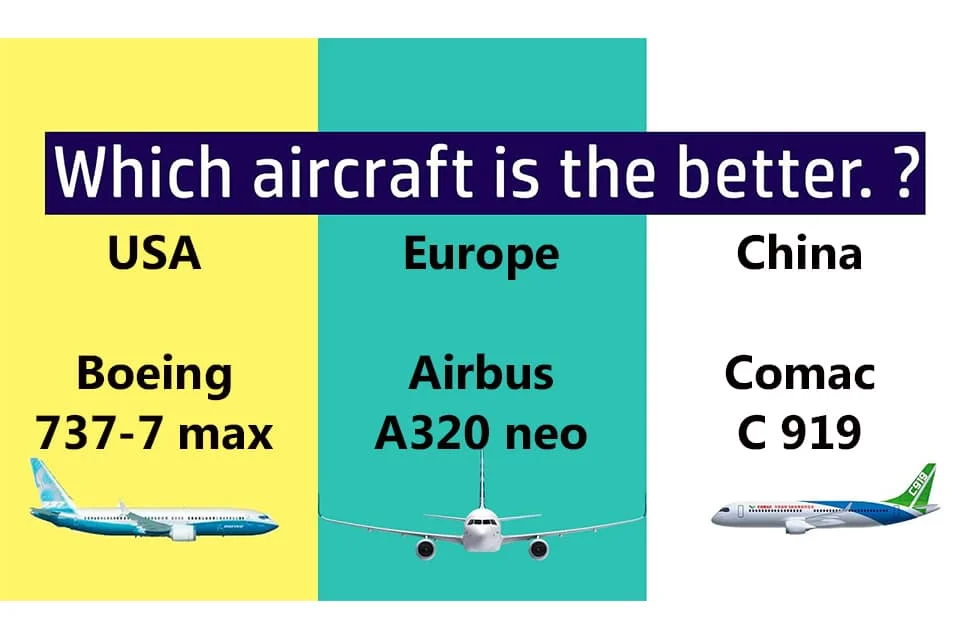
The COMAC C919 and the Airbus A320 represent two significant players in the narrow-body commercial aircraft market, each reflecting its manufacturer’s vision for the future of aviation.
The C919, developed by the Chinese aerospace manufacturer COMAC, aims to challenge established Western dominance with its advanced technology and cost-effective design. In contrast, the Airbus A320, a stalwart of global aviation for decades, continues to set benchmarks for efficiency, safety, and passenger comfort.
This comparison explores the key differences and similarities between these two aircraft, highlighting their design philosophies, performance metrics, and market implications.
How the Comac C919 similar from the A320 and B737 Max:Click here
The COMAC C919, predominantly built using aluminum alloys, is equipped with CFM International LEAP turbofan engines. It has the capacity to accommodate between 156 and 168 passengers in its standard configuration.
This twin-engine jet features a six-abreast economy cabin layout. Initially, it offered options for either CFM56 or IAE V2500 turbofan engines, though the CFM56/PW6000 combination was exclusively used for the A318 model. It can accommodate 195 passengers.
COMAC C919 vs. Airbus A320: A Comparative Overview
Length: The C919 measures 38.9 meters (127.6 feet) in length, slightly longer than the A320, which is 37.57 meters (123 feet 3 inches) long. This extra length provides a marginally larger cabin for the C919.
Wingspan: Both aircraft share the same wingspan of 35.8 meters (117.5 feet), indicating similar aerodynamic properties and potential for comparable fuel efficiency and performance.
Height: The C919 stands at 11.95 meters (39.2 feet) in height, surpassing the A320’s height of 11.76 meters (38 feet 7 inches). This difference is relatively minor but may impact cabin space and cargo hold configuration.
Aircraft comparisons between the comac C919 and B737 max 8:Click here
Weight: The COMAC C919 has a maximum takeoff weight of 42,100 kilograms (92,815 pounds), slightly less than the A320’s 42.6 tonnes (93,900 pounds). The A320’s marginally higher weight suggests it may be able to handle slightly more payload or fuel.
Range: The C919 offers a range of 4,630 kilometers (2,500 nautical miles), which is shorter compared to the A320’s range of 6,112 kilometers (3,300 nautical miles). This extended range of the A320 makes it better suited for longer routes and provides airlines with more operational flexibility.
Nearly twice as much as the $50 million that analysts predicted, comac c919 price is roughly $91 million. That is comparable to the cost of the Boeing 737-800 and the Airbus A320neo, which, as of 2021, are estimated to be $106 million and $111 million, respectively.
-
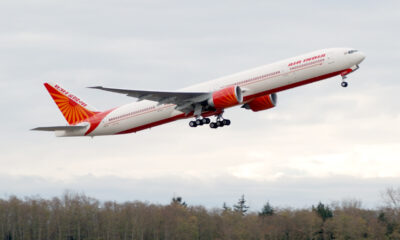
 Travel1 week ago
Travel1 week agoAir India to Expand US Operations with Three New Routes After a Decade
-

 Travel2 weeks ago
Travel2 weeks agoWhy We Should Avoid These Stamps in a Passport
-
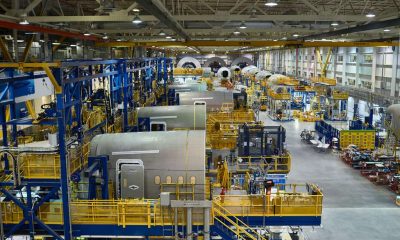
 Airlines1 month ago
Airlines1 month agoInvestigations Reveal Fake Chinese Titanium in Boeing and Airbus Jets
-
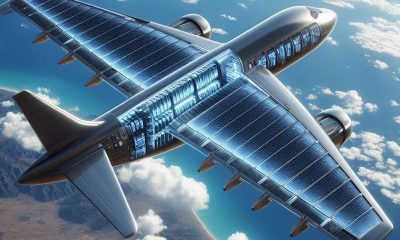
 Tech4 weeks ago
Tech4 weeks agoChina’s CATL Plans 1,800-Mile Electric Plane Launch by 2027
-
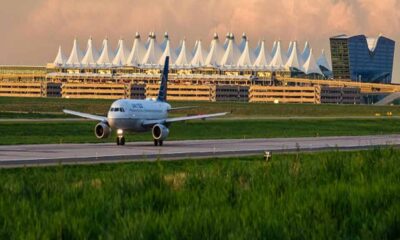
 Airport3 days ago
Airport3 days agoTop 10 Largest Airports in the World by Size
-
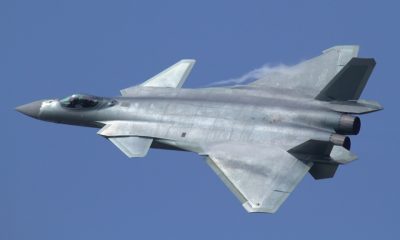
 Aerospace4 weeks ago
Aerospace4 weeks agoChina’s Fighter Jets Turn Wings into Autonomous Drones
-
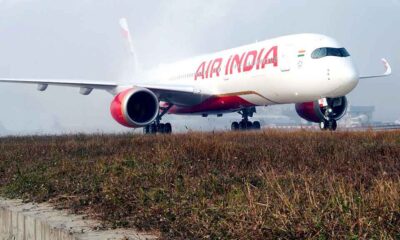
 Airlines4 days ago
Airlines4 days agoAir India Rolls Out A350s for Delhi-New York JFK and Newark Routes
-
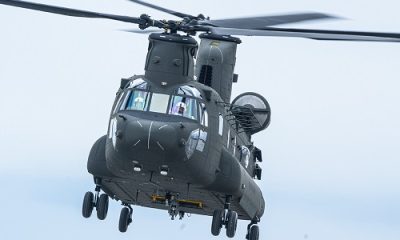
 Defence3 weeks ago
Defence3 weeks agoBoeing Enhances Chinook with New Engines and Block II Upgrades at $96 Million







